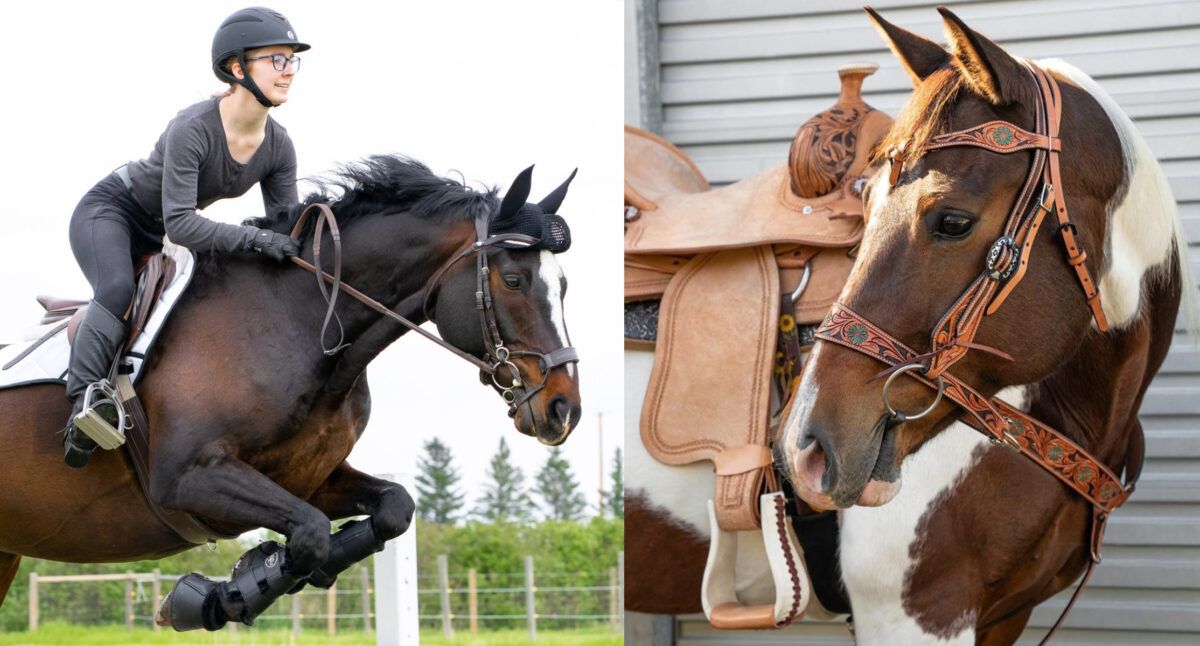When it comes to the equestrian world, one of the first distinctions that riders often encounter is the choice between English and Western riding styles. Both have unique characteristics, histories, and purposes that make them distinctly appealing to different types of riders. This article aims to shed light on the differences between these two popular riding disciplines. With keywords like “English vs. Western riding,” “riding styles,” and “equestrian disciplines,” this comprehensive guide will help you make an informed decision on which style is best for you.
Origin and History
English Riding
English riding has its roots in the traditions of European mounted military. Over time, this style has branched out into various disciplines like dressage, show jumping, and eventing. The primary focus is on finesse, precision, and a seamless flow of communication between horse and rider.
Western Riding
Western riding is rooted in the ranching and warfare traditions of the American West. Designed for long hours in the saddle, it has evolved to include a wide range of activities such as barrel racing, reining, and cutting. The emphasis is on practicality, versatility, and rider comfort.
Key Differences in Tack
English Tack
English riders use a close-contact saddle to maximize the feel between the rider and horse. The bridle usually features a snaffle bit, allowing for nuanced communication through the reins.
Western Tack
Western saddles are designed for comfort during long rides and often feature a horn at the front, used for roping cattle. The bridle typically incorporates a curb bit, which acts on leverage and allows for looser rein handling.
Riding Techniques
English Riding Techniques
- Posting Trot: English riders often rise and sit in rhythm with the horse’s trot to allow for better movement.
- Two-Point Position: Used primarily in jumping and eventing, this position involves standing slightly in the stirrups and leaning forward.
- Collection: A high degree of control over the horse’s movement and posture is required in many English disciplines, especially dressage.
Western Riding Techniques
- Jog: A slower, more controlled version of the trot, where the rider sits deeply in the saddle.
- Lope: Similar to a canter but slower and more relaxed.
- Neck Reining: Western horses are often trained to move in the direction that the reins are laid against their neck, allowing for one-handed riding.
Disciplines and Competitions
English Disciplines
- Dressage: Focuses on the horse’s precise movements and responses to subtle cues from the rider.
- Show Jumping: Involves navigating a series of jumps within a timed course.
- Eventing: A combination of dressage, cross-country, and show jumping.
Western Disciplines
- Barrel Racing: A timed event where the rider navigates around barrels in a cloverleaf pattern.
- Reining: Features complex patterns and maneuvers such as sliding stops and spins.
- Cutting: Involves separating a single animal from a herd and preventing it from returning.
Rider Attire
English Riding Attire
The traditional English riding attire includes riding breeches, tall boots, and a fitted jacket. Headgear often consists of a hunt cap or helmet.
Western Riding Attire
Western riders usually wear jeans, cowboy boots, and a long-sleeved shirt. A Stetson hat and chaps are also common accessories.
Which Style Is Right For You?
Choosing between English and Western riding depends on your riding goals, comfort preferences, and skill level. If you are drawn to disciplined, precise movements and perhaps competitive sport, English riding might be your calling. On the other hand, if you prefer a laid-back, versatile approach with a dash of American tradition, Western riding may be more up your alley.
Conclusion
Both English and Western riding offer rewarding experiences and unique skill sets. From the disciplined art of dressage to the rugged excitement of barrel racing, these styles provide diverse avenues for equestrian enthusiasts to explore. By understanding the key differences in tack, technique, and disciplines, you can make a well-informed decision that aligns with your riding aspirations. Whether you lean toward English or Western, the most important factor is the joy and fulfillment you derive from your time in the saddle.
